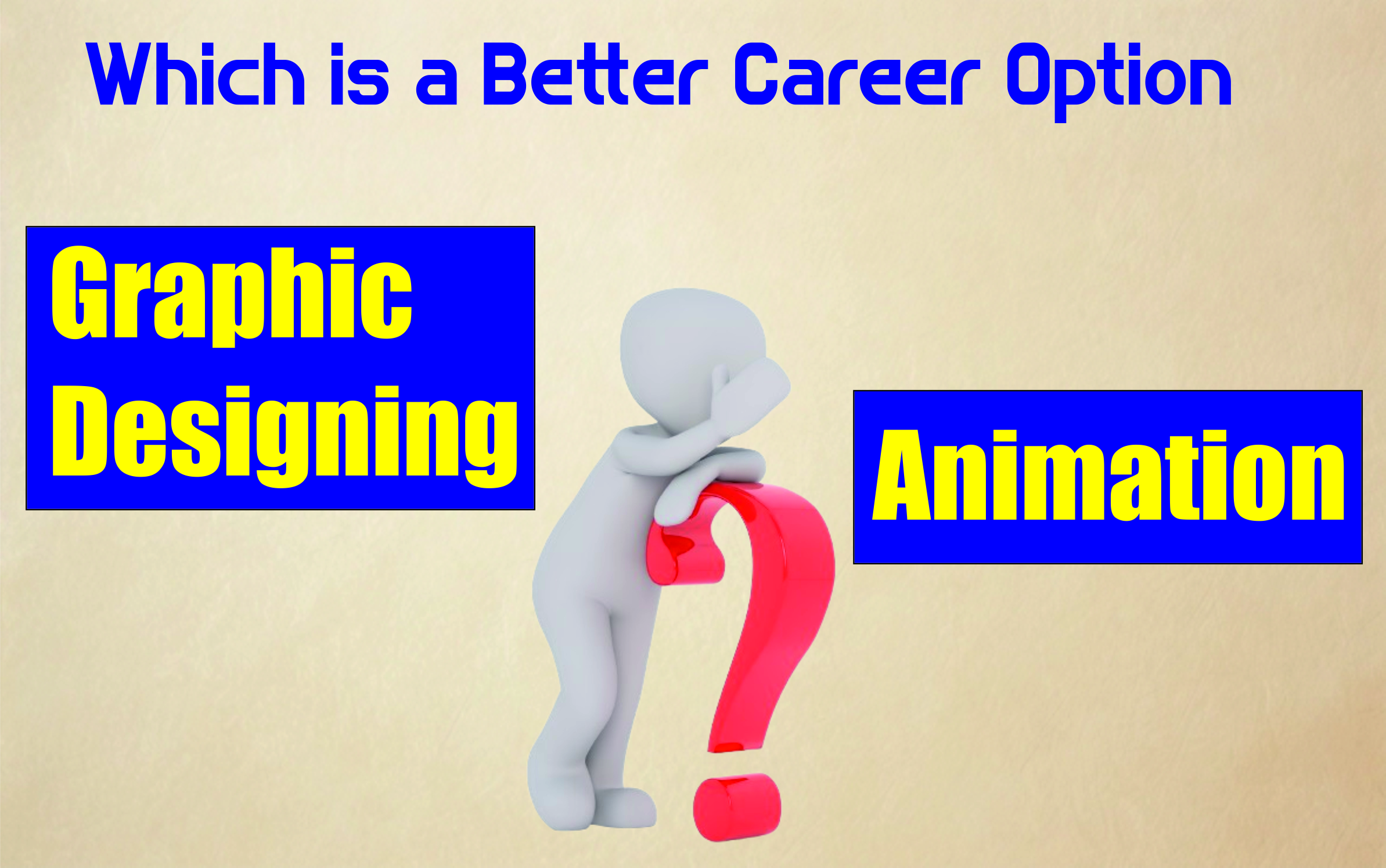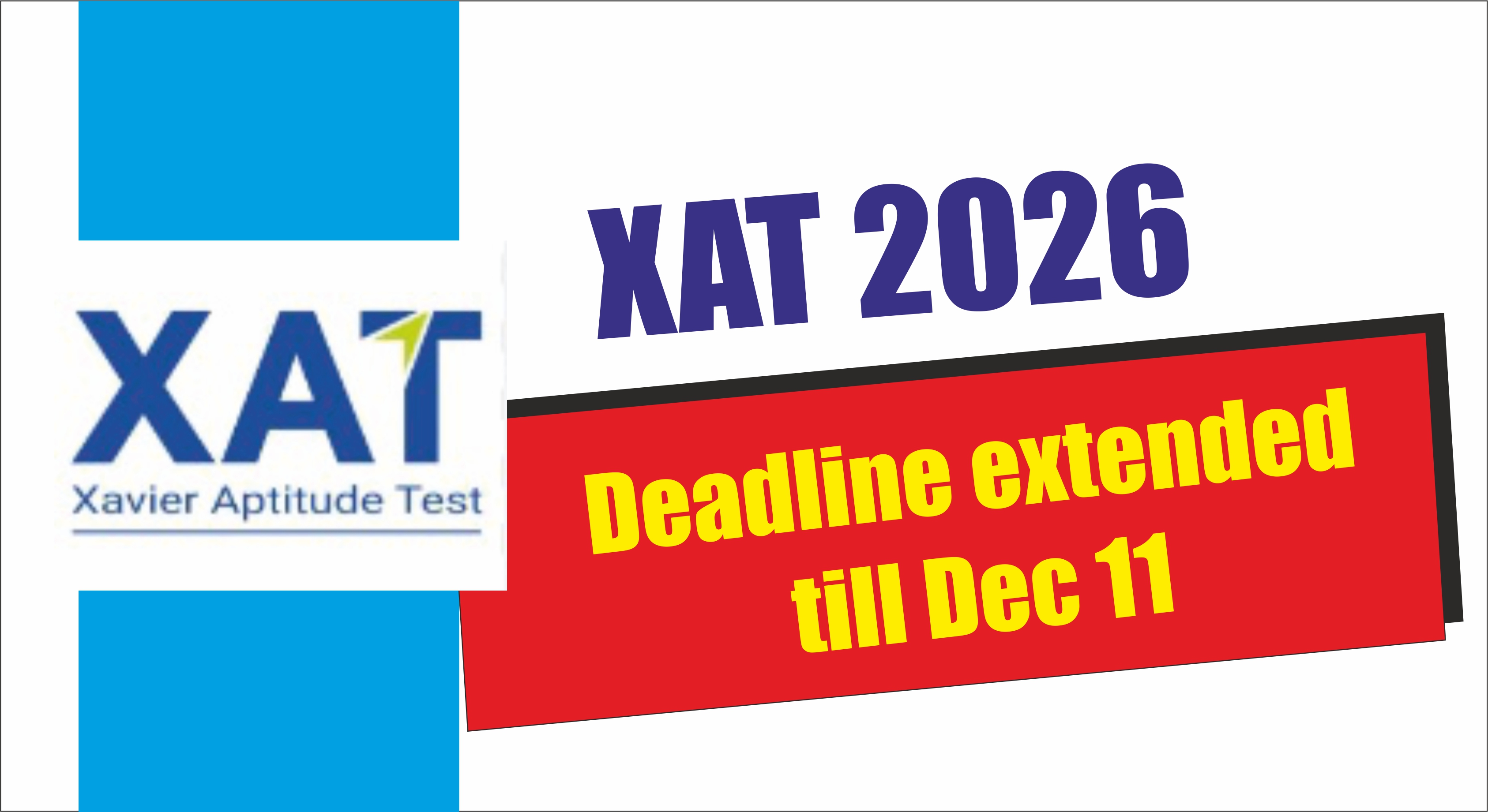Graphic Design or Animation which is better ?

"In today’s digital-driven world, the choice between graphic designing and animation isn't just about creativity—it's about where your passion meets career potential."
Although they are both important components of visual communication, graphic design and animation are very distinct from one another. The main goal of graphic design is to produce visually striking still images that convey a message or an idea. However, in a manner that static images cannot, animation takes these pictures and makes them move to tell a story or convey feelings.
Let's examine the characteristics that set each of these sectors apart, such as the equipment they employ and the methods by which they operate. We'll also examine the kind of careers that can be found in animation and graphic design. It's fascinating to observe how animation and graphic design may complement one another and when they truly diverge.
Defining Graphic Design
Using visual components to convey ideas in an elegant and clear manner, graphic design blends creativity with functionality. Using graphics to solve issues and communicate ideas requires technical, artistic, and creative skills. With an emphasis on typography, layout, color theory, and branding, graphic design encompasses a variety of fields, including print, digital, and environmental design. It involves combining technology and art to tell stories that people can relate to. To achieve the ideal balance between appearance and message, designers intentionally employ visual elements. Graphic design is essential in today's communication because of this balance, which enhances both the message's efficacy and how users perceive the design.
For instance, when designing a website, a graphic designer considers how to make it both aesthetically pleasing and user-friendly. In addition to making sure that buttons and links are positioned where consumers anticipate them to be, they may select fonts and colors that capture the essence of the brand. This careful approach to design can help a company stand out and make a website more fun to use.
In order to properly capture the viewer's attention and communicate the advertiser's message, visual design is essential in advertising. The advantages of a product can be swiftly and vividly conveyed in a well-designed advertisement, inspiring the audience to take action—such as purchasing a product or finding out more about a service.
Additionally, graphic design aids in the creation of a company's or product's visual identity in branding. This can involve creating a logo, picking a color palette, and picking typefaces that are appealing to the target market and represent the brand's values. Customers are more likely to recognize and trust a business with a strong visual identity.
Understanding Animation
Animation and graphic design are two aspects of the same thing. The goal of graphic design is to produce attention-grabbing static visual information, such as posters or logos. On the other hand, animation adds motion to these designs to make them come to life. This motion is more than simply a show; it is essential for narrating stories and interacting with viewers in a manner that still photos cannot. The power of animation is demonstrated when you watch your favorite cartoon or a dynamic website in motion.
Making objects move is only one aspect of animation. It's about giving the images a narrative flow in which each movement has a specific function. This calls for a thorough comprehension of how rhythm, timing, and visual flow affect the experience of the spectator. In a video game, for instance, quick motions might evoke a sense of urgency, while the sun's gradual ascent in a scene can establish the tone for a fresh start.
Animators employ a range of methods to create captivating worlds that captivate audiences. To tell a tale or deliver a message, they blend motion with graphic design elements like color and arrangement. Their special combination of abilities enables them to produce everything from captivating ads and interactive websites to breathtaking animations in motion pictures.
Animation is a powerful tool for drawing in viewers and spreading ideas in the digital age, when individuals are continuously inundated with information. Animation is used by both corporations and academics to convey difficult ideas in an approachable and entertaining manner, so it's not simply for amusement. Professionals and enthusiasts alike use programs like Adobe After Effects and Blender to create animations. Animation is now more accessible than ever because to these software programs' extensive feature sets, which are suitable for both novices and professionals.
Synergy and Differences
Tools and Software
• Blender, Autodesk Maya, and Toon Boom are the three primary software programs used by programmers to create intricate 3D models and animations for their professional work. Visualizers need to become adept at controlling timing and movement execution while having precise drawing evaluation skills.
• When creating marketing materials, websites, and logos The Adobe Photoshop, Illustrator, and InDesign software suite is used by graphic designers. These three components are combined with color theory, typography, and compositional considerations in their work.
Investigating graphic design and animation reveals a world where technology and creativity coexist in fascinating ways. Despite the parallels between the two fields, each has specific needs and abilities. Static image creation is the main focus of graphic design. This entails efficiently and concisely communicating ideas through the use of text, images, and layouts. For instance, designers may produce posters, logos, or web page layouts to convey particular concepts or advertise goods.
However, animation adds movement to these still photos, making them come to life. This calls for both imagination and a firm grasp of the laws of physics and timing that govern how things actually move in the real world. Movies, video games, and web animations all use animators to tell tales by causing scenery and characters to move. They must consider how to keep the audience interested and how to make the story flow in order to accomplish this successfully.
Despite their differences, both animators and graphic designers need to be familiar with color theory, composition, and visual storytelling. Collaboration made possible by this common knowledge base can result in creative and captivating material. When graphic designers and animators collaborate on a project, for example, they can produce captivating ads, interactive websites, or immersive video games that draw viewers in in ways that neither could on their own.
The development of animated logos is a fantastic illustration of this partnership. Animators give a visually appealing logo motion, which enhances the brand's dynamic and memorable qualities. Another instance is found in movie titles and credits, where animators and designers work together to establish the mood of the film and draw viewers in from the outset.
Which Skills are Required for Animator and Graphic Designer?
Learning either animation or graphic design requires fundamental specialized skills. Three key skill sets exist for each profession that we will analyze.
Skills for Animation
- Creativity and Imagination: In their profession animators must demonstrate visual imagination alongside the capability to generate innovative ideas about character and environmental movement.
- Attention to Detail: Animation depends heavily on precise movement so strong details observation must be present from start to finish.
- Technical Skills: Professionals who want to create excellent animations need to master one of the animation programs Maya, Blender, or Adobe Animate software.
- Storytelling: To engage viewers animators must learn about storytelling through movement and pacing which they blend with sound design into their work.
- Problem-Solving: Creators in animation work to develop unique visual solutions when facing motion animation challenges and difficult scene design problems.
Skills for Graphic Design
- Design Principles: Authors who specialize in design need knowledge of essential principles such as composition structure as well as typography elements and colour theory fundamentals alongside balancing skills to generate visually successful designs.
- Creativity and Aesthetic Sense: Success in graphic design depends on having both design sensibility and a strong ability to develop eye-capturing materials.
- Software Proficiency: Understanding how to use design software including Adobe Photoshop Illustrator and InDesign should be essential for graphic designers.
- Communication Skills: Designers need to present their concepts with clarity while frequently working alongside customers and teammates.
- Attention to Detail: Every aspect of graphic design work needs careful examination by designers who must watch each detail including fonts and colour choices.



